Sinchon Sisters Hostel (신촌 시스터즈)
5.5Km 2024-12-23
24 , Baekbeom-ro 2-gil, Mapo-gu, Seoul
+82-10-4354-1613
Sinchon Sisters is a friendly guesthouse in Mapo-gu, Seoul, that caters for young travelers. Rooms are for two, three or four people, and each room has its own bathroom. There is no separate dining area, but you can bring food into your room and there’s a microwave for visitors’ use. Washing machines and dryers are also provided (payment needed). Transport is convenient: Sinchon Station and Sogang University Station are a 5 minutes’ walk away, and there are bus stops nearby - including for the airport express bus service. The Hongdae, Hapjeong, Mangwon, and Sangsu areas are all nearby.
Wondang Gamjatang Hongdae (원당감자탕 홍대)
5.5Km 2024-03-19
Hana building, 20-6, Wausan-ro, 21-gil, Mapo-gu, Seoul
+82-2-333-1706
Located near Hongik University, Wondang Gamjatang specializes in gamjatang (pork backbone stew). Gamjatang is a thick and spicy soup made with pork backbone, potatoes, kimchi cabbage, ground perilla seeds, green onions, garlic, and other vegetables and seasonings. Customers have the option to rolled omelet, hot stone pot rice, and beef and rice soup. 7-minute walk from Exit 9 of Hongik Univ. Station, it is easily accessible.
Codes Combine Innerwear - Hongdae Branch [Tax Refund Shop] (코데즈컴바인이너 홍대)
5.5Km 2024-04-17
36-3, Wausan-ro 21-gil, Mapo-gu, Seoul
-
Yeonnam Seosikdang (연남서식당)
5.5Km 2021-03-24
32, Baekbeom-ro, 2-gil, Mapo-gu, Seoul
+82-2-716-2520
It’s a standing rib restaurant. This restaurant's signature menu is grilled ribs. This Korean dishes restaurant is located in Mapo-gu, Seoul.
Lush Korea - Hongdae Branch [Tax Refund Shop] (㈜러쉬코리아 홍대점)
5.5Km 2024-04-22
39, Jandari-ro 6-gil, Mapo-gu, Seoul
-
Okdongsik (옥동식)
5.5Km 2024-02-22
44-10 Yanghwa-ro 7-gil, Mapo-gu, Seoul
Okdongsik specializes in clear pork bone soup, known as dwaeji gomtang. Its distinctive feature lies in the exceptionally clear broth made from only the meat of pig forelegs and hind legs. The signature dish is dwaeji gomtang, and alongside it, they also offer kimchi mandu, perfect for enjoying with the soup. With thinly sliced meat and a savory yet light broth, it has garnered much love and appreciation.
National Palace Museum of Korea (국립고궁박물관)
5.5Km 2023-03-24
12, Hyoja-ro, Jongno-gu, Seoul
+82-2-3701-7500
The National Palace Museum of Korea displays over 40,000 relics from the Joseon dynasty. With various treasures on exhibit, the museum continues to provide information on the dignity of royal culture and the creativity of royal cultural assets.
Gogung Tteurak (고궁뜨락)
5.5Km 2020-04-17
12, Hyoja-ro, Jongno-gu, Seoul
+82-2-720-0486
Located on the first floor of the National Palace Museum of Korea, Gogung Tteurak consists of a museum shop and a café. It is open from 09:00 to 18:00 during the weekdays and up to 21:00 on Wednesdays and Saturdays. It operates without closing days as of January 1, 2017.
Sukjeongmun Gate (북악산 숙정문)
5.5Km 2020-06-19
1, Daesagwan-ro, Seongbuk-gu, Seoul
+82-2-747-2152
Of the Four Great Gates (Sukjeongmun, Namdaemun, Dongdaemun, and Seodaemun), established by King Taejo in 1396, Sukjeongmun is called the north gate.
Located to the north of Seoul, this gate, with Gyeongbokgung Palace in the center and Changaemun (Jahamun) to the right, make up the wings of the north gate. Due to the possible danger of the area being damaged from all the pedestrians, the king in 1413 planted pine trees and prohibited passing this area. Henceforth, Sukjeongmun became a scenic walkway until the North Korean Communist infiltration of 1968, which prohibited the passing of all civilians.
The reopening of Sukjeongmun in April of 2006 has led to the opening of Bugaksan Mountain in April of 2007 and is in the process of dividing it into 3 courses. Bugaksan Mountain has been kept well-preserved due to a long period of restriction in this area, and if you climb the mountain, you will be able to see all of Seoul.
K.O.N.G Gallery (공근혜갤러리)
5.5Km 2024-10-10
38 Samcheong-ro 7-gil, Jongno-gu, Seoul (Samcheong-dong)
Since its opening in 2005, the gallery has made a significant impact on the Korean photography scene by introducing world-class photographers to Korea. It relocated to its present site next to the Cheongwadae, Samcheong-dong, in 2010, adding spaces for painting, sculpture, video, installation, and other forms of contemporary art. The gallery focuses on artists based in Paris, London, and New York, presenting works that represent the current state of contemporary art in the 21st century. It also plays a vital role as a Korean gallery by discovering young Korean artists and supporting their overseas activities.
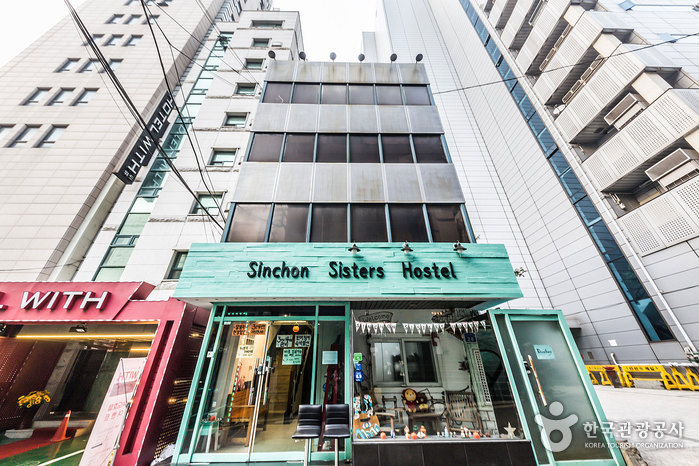
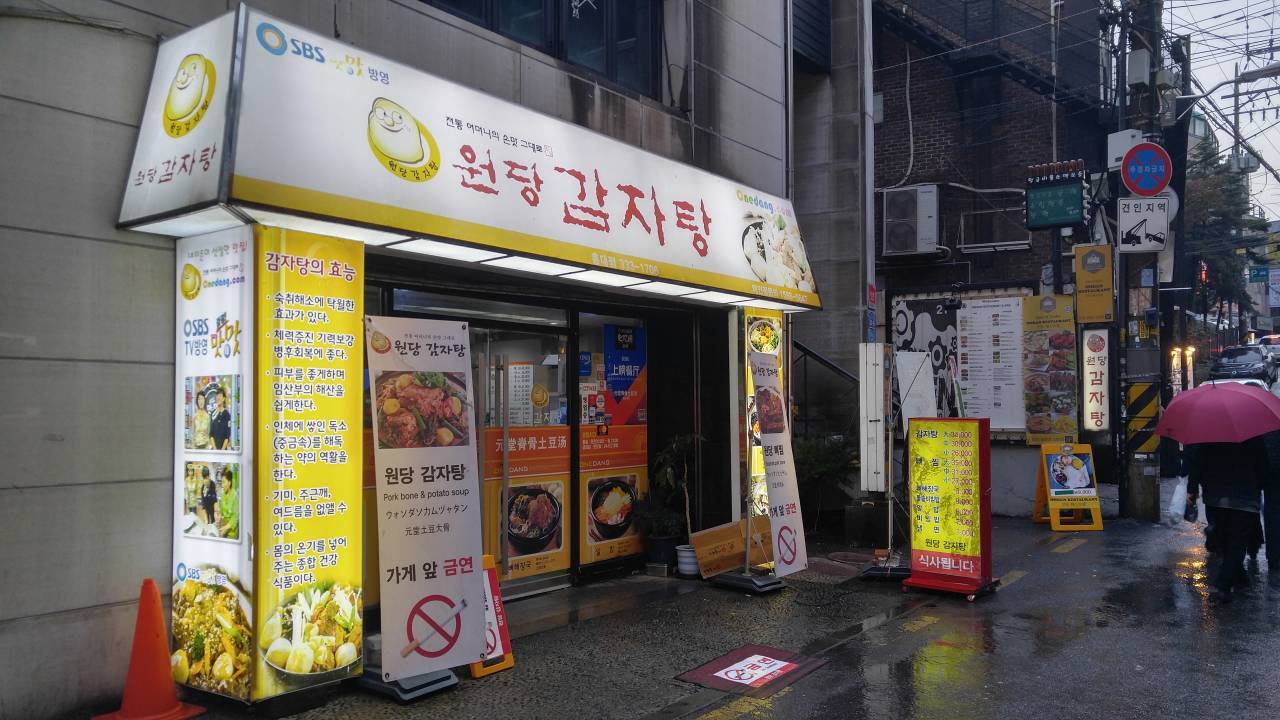

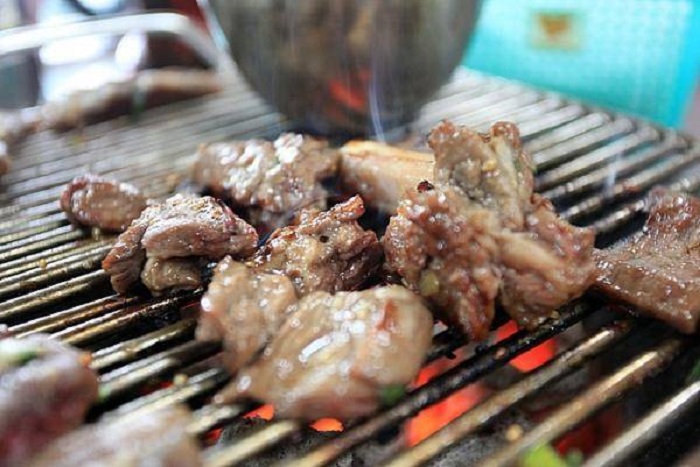
![Lush Korea - Hongdae Branch [Tax Refund Shop] (㈜러쉬코리아 홍대점)](http://tong.visitkorea.or.kr/cms/resource/05/2875505_image2_1.jpg)
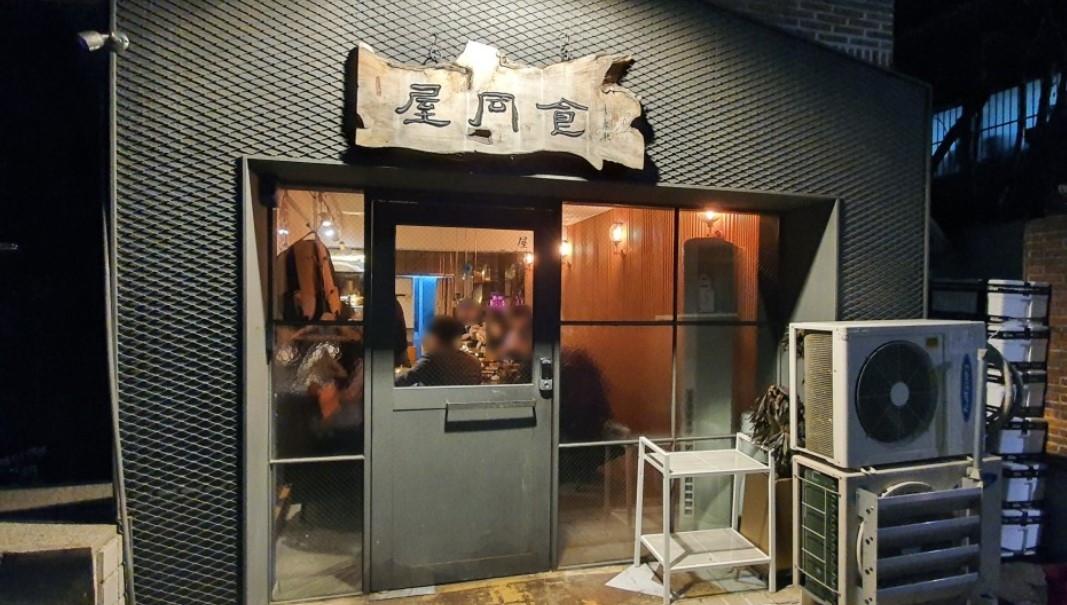
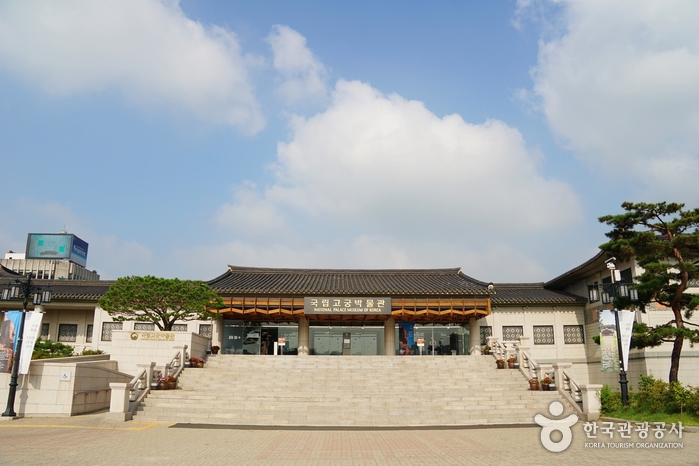
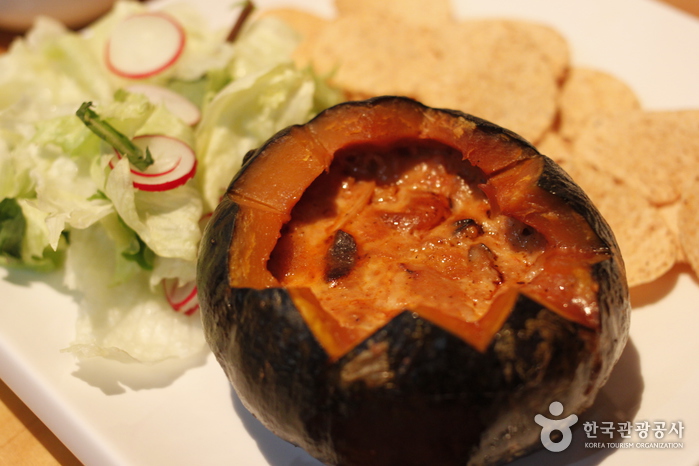
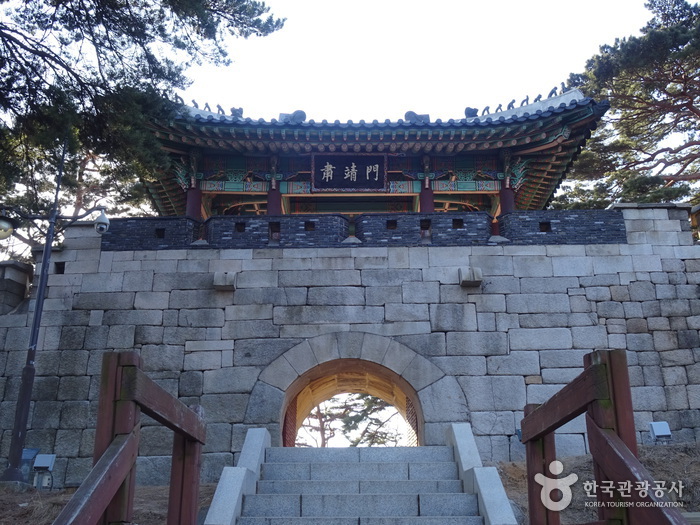
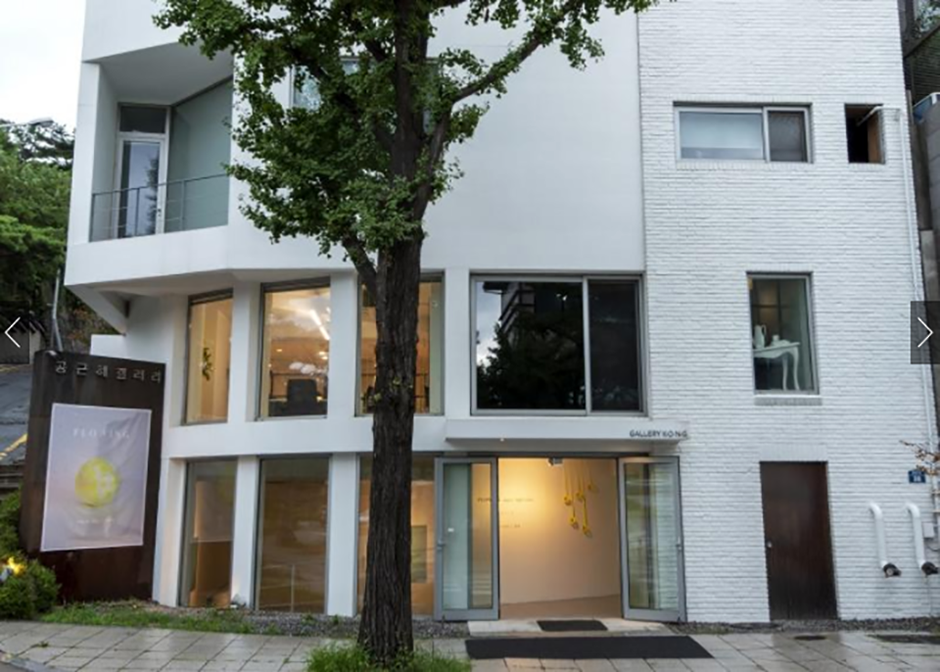
 English
English
 한국어
한국어 日本語
日本語 中文(简体)
中文(简体) Deutsch
Deutsch Français
Français Español
Español Русский
Русский